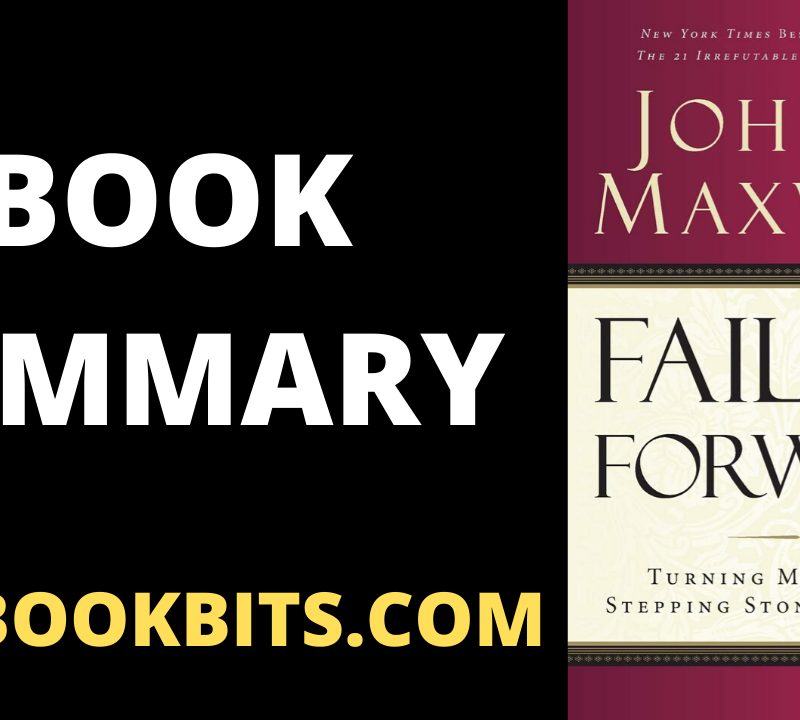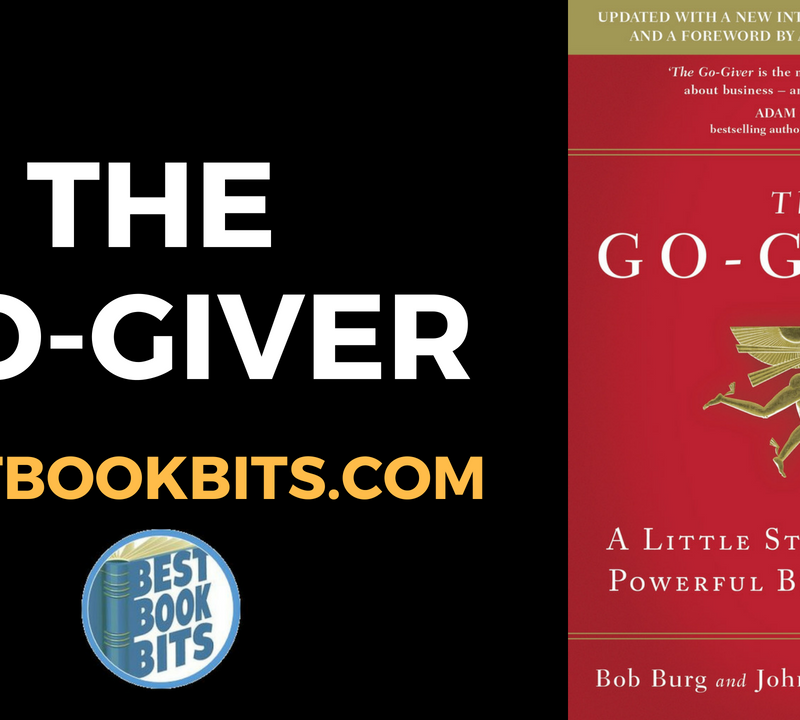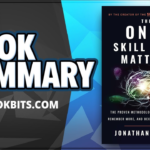JOIN THE ‘BEST BOOK CLUB’ NOW HERE
DOWNLOAD THIS FREE PDF SUMMARY HERE
STOP TRYING TO ACHIEVE YOUR GOALS BY YOURSELF AND BE COACHED TODAY HERE
CHECK OUT THE FOLLOWING Book | Summaries | Course | YouTube |Spotify | Instagram | Facebook | Newsletter | Website
Working Smarter Not Harder by Timo Kiander
Working Smarter Not Harder by Timo Kiander is a quick read that identifies 18 different ways to improve your working day. Tips range from learning new valuable computer skills to understanding your own working patterns and rhythms. An easy-to-read guide that will help anyone increase their productivity one step at a time!
INTRODUCTION
Who is this summary for
This summary is ideal for anyone looking for some quick tips on how to improve their productivity. Productivity is all about getting more done in less time, it’s about being smart about how you work, you don’t necessarily have to work any harder. If you find yourself struggling to get everything done in a day or at a loss for what to focus on next then check out this summary!
About the author
Not only is he an author but Timo Kiander runs the blog Productive Superdad. Dedicated to helping those who have both a fun time job and a family. Being a blog and book author is not his only job, Kiander spends most of his days as a software specialist whilst living in Finland with his wife and son, and is passionate about endurance sports such as marathons and triathlons.
In this summary
This summary will briefly discuss each Kiander’s 18 ways you can improve your working day. Ranging from avoiding distractions to processing emails and what to do before a vacation I’m sure there will be plenty of tips you can take away and implement into your workday routine.
BOOK SUMMARY
START YOUR DAY RIGHT
“To have a solid foundation for personal productivity, the following blocks must be in place: proper mindset, physical activity, optimum nutrition & enough sleep.”
The very first tip Kiander puts forward is learning to wake up earlier. This adds more hours to your day, increasing your flexibility and providing a better and more productive start to the day. Although it sounds confronting, the idea of waking up earlier, Kiander has a simple process for implementing the change. Simply wake up 15 minutes earlier every day for 3-4 days in a row. Get used to this new time, and the feel free to make a further adjustment. One important thing to note now is that you need to ensure you get to be on time.
Once the new routine has been established your new schedule will be open for you-time. Kiander suggests using the time to meditate, exercise or read.
FIND YOUR OWN WORKING STYLE
Nobody can focus all day every day, so Kiander recommends trying out a few different routines and techniques to see what works for you. Here are a few of Kiander’s top suggestions:
- The Pomodoro Technique: break your working day into 25-minute chunks with 5 minutes in between each new session. When 4 x 25-minute cycles have been completed, take a lengthier 15-30 minute break.
- 90 Minute Intervals: many people believe that our body works in a 90-minute cycle. Focus for a 90-minute period of time, then follow this up with a 20-minute break and repeat throughout the day.
- 52-17: just as it sounds, work for 52 minutes, then take a 17-minute break. Repeat.
AVOID DISTRACTIONS
Kinder identifies the top 3 distractions that you experience during any working day; communication tools, people and internal distractions.
Communications tools such as social media and emails have a time and a place, but when your knuckling down and trying to focus on work you need to set some rules. For example: allow yourself to check emails only two times a day and for no longer than 20 minutes.
People are another distraction, and they can be colleagues around the office or even family at home. A few options are changing your location, if you’re constantly interrupted at home, try a cafe or shared working space. And if you work in an office, try out some noise-canceling headphones and request that people don’t disturb you.
Finally, the internal distractions, sometimes the hardest to conquer. A distracted mind is usually the result of a lack of food or sleep or a lack of breaks. Ensure that you are well rested, fed and take regular, consistent breaks throughout the day.
JOIN THE ‘BEST BOOK CLUB’ NOW HERE
DOWNLOAD THIS FREE PDF SUMMARY HERE
STOP TRYING TO ACHIEVE YOUR GOALS BY YOURSELF AND BE COACHED TODAY HERE
CHECK OUT THE FOLLOWING Book | Summaries | Course | YouTube |Spotify | Instagram | Facebook | Newsletter | Website
PLAN & DRINK UP
Kiander recommends always planning your day at least one day in advance. Set aside time the day before to write down exactly what you plan to do the next day. This means that when you arrive tomorrow, you already know exactly what to get started on. Writing things down also eliminates having to rely on your memory.
Another crucial element to your working day is drinking enough water. Kiander explains that drinking water actually has multiple benefits on your productivity output. A University in London studied the effects of drinking water on the brain and concluded that being hydrated will improve your brains performance by 14%!
TASK MANAGEMENT
Kiander explains the importance of identifying which task is the most important and tackling that first thing in the day. If you don’t know whether a task is more important than another, consider the long-term and short-term effects of both completing the task, and not completing.
Kiander explains that if tasks are going to have a significant effect on your future, then these are the ones that you should prioritise. Although the results may not be evident immediately, they are worth getting on to sooner rather than later. And Kiander reminds you to consider the knock-on effects of your task, even though it may not be incredibly important to you, a colleague may be relying on your work before they can move on with theirs.
Kiander uses the term ‘frogs’ to refer to the tasks you really don’t want to do, the ones you procrastinate and avoid doing as much as possible. He explains that these are the tasks that you actually need to do immediately. You are often putting your ‘frogs’ off due to fear (e.g. the prospect of calling a disgruntled customer). Rather than giving yourself the time to fret about it, get it done and out of the way. You’ll be relieved and able to move onto the next task promptly.
MEETINGS
Meetings seem to be an on-going dilemma, they tend to drag on longer than necessary and often you find yourself going around in circles. Kiander recommends asking the following questions before you commit to another meeting:
- Do you need to be there?
- Is there any way you can attend virtually?
- Is this meeting even necessary?
- Does the meeting have an agenda?
- Is it possible to set a time limit on the meeting?
- Can you check that any technology required in the meeting is plugged in and functional before you start?
JOIN THE ‘BEST BOOK CLUB’ NOW HERE
DOWNLOAD THIS FREE PDF SUMMARY HERE
STOP TRYING TO ACHIEVE YOUR GOALS BY YOURSELF AND BE COACHED TODAY HERE
CHECK OUT THE FOLLOWING Book | Summaries | Course | YouTube |Spotify | Instagram | Facebook | Newsletter | Website
BATCHING
Another useful tip from Kiander is to batch all tasks that are similar in nature together. For example, don’t check your emails whenever you get a notification. Leave them and a few times throughout the day you can commit to reading and replying to emails. Kiander recommends checking no more than 3 times a day (early morning, mid-day and right before you leave). Use this approach for other tasks such as phone calls.
A few other email tips from Kiander are:
- Don’t check your emails as soon as you arrive, get stuck into the most important task then you can check a bit later.
- Close your emails when your not using them.
- Turn off the notifications for emails.
- Add an auto-reply to your email explaining that you only check your emails 2-3 times per day and not to expect an immediate reply.
DELEGATION
Delegation is extremely important in the workplace. Kinder explains that when done correctly it will level the workload our and ensure that you have the appropriate amount of time to focus on the relevant tasks.
Kiander’s first tip when it comes to delegating is to ensure that you always provide enough detail and instructions when assigning a task to someone else. You want to eliminate any opportunity for mistakes to be made. The best way to do this is to actually follow the steps and instructions yourself to ensure that they are clear. Another thing to note is that you should always provide a deadline, this means that whoever is completing the task is aware of their time constraints.
Finally, Kiander recommends having a follow-up task of your own so you can check in and make sure everything is going to plan.
”Delegation helps to level the workload & gives us more time to focus on our important assignments.”
TAKE ENERGISING BREAKS
Rather than spending your break staring at the same computer screen just on a different website, try and use your break in a way that energises and refreshes you. Breaks are an effective way to increase your productivity. Kinder recommends making a cup of tea or a healthy snack, getting outside for some fresh air and a walk around the block or taking some time to chat with a colleague about something non-work-related.
CHECKLISTS
We all know what a checklist is, but Kiander explains that there are actually two different types of checklists. It’s important to identify which method you’ll be using before you write your list in order for it to be as effective as possible:
- READ-DO: Kiander explains that this one is just like a recipe. You read an action on the list, and then you proceed to complete the action before you move on to the next.
- DO-CONFIRM: this is a slightly different take on the checklist, it requires doing a task from memory, and eventually checking in on your list to ensure that you did it correctly.
Kiander’s key tip is to keep your list up-to-date and amend it with any changes. Check in as regularly as possible.
JOIN THE ‘BEST BOOK CLUB’ NOW HERE
DOWNLOAD THIS FREE PDF SUMMARY HERE
STOP TRYING TO ACHIEVE YOUR GOALS BY YOURSELF AND BE COACHED TODAY HERE
CHECK OUT THE FOLLOWING Book | Summaries | Course | YouTube |Spotify | Instagram | Facebook | Newsletter | Website
PRE-HOLIDAY
Taking a holiday is something we all look forward to, but the idea of returning to work is usually dreaded. To avoid the dread, Kiander recommends you take a virtual ‘snapshot’ of whatever you are working on just before you leave (think emails, phone calls, tasks & their progress). This means you’ll return and be able to refresh your memory on exactly where you were up to and you’ll be able to pick up and keep going as normal.
CONTROLLING YOUR WORK
Firstly, Kiander recommends you only focus on one thing at a time. When faced with a large overwhelming task, break it down into little actionable steps. Then you can focus on tasks one by one and know that you are working towards the end goal. Ensure that all of your tasks have an execution plan and when you are focusing on them, avoid all distractions. Earlier in this summary, we discussed tips for avoiding distractions so refer back for a refresher.
Kiander also highlights the importance of saying no when necessary. Sometimes, you have too much on and agreeing to more isn’t going to help you (or anyone else) get anything done quicker. Kiander explains that if someone asks you to do something, and you already have a lot on your plate, explain to them the circumstances and give them a timeframe that they can expect the work completed in. This way their expectations are managed and you aren’t overwhelmed.
Kiander explains that it’s best to be pessimistic about your time, therefore, if you finish early, then great you can get on with something else. But if you’re too optimistic and you end up going overtime you’re only going to end up stressed and behind.
UNDERSTAND YOUR COMPUTER
Kiander explains that your computer is a really useful tool in increasing productivity if you use it right. Keyboard shortcuts and learning how to touch type are huge time savers. Learn all the ins and outs of the programs you regularly use and use things like bookmarks on websites you regularly visit. These little tips may seem small but they add up over time.
The other thing that is useful to do is to track your time at work. Kiander recommends doing this for a few days so you get a better understanding of how you spend your day. You may notice some patterns and perhaps habits that can be improved upon. Identify your weaknesses and build upon your strengths.
CONCLUSION
Key Takeaways
- Try getting up earlier in the morning and start the day off right.
- Figure out the best way for you to schedule your day with regular working sessions and mini break intervals.
- Use your breaks to your advantage by getting some fresh air or a healthy snack. This will refresh and re-energise you.
- Learn how to avoid distractions, only check emails 2-3 times per day and turn off notifications.
- Batch similar tasks together.
- Manage your tasks by identifying the most important ones and tackling those first.
- Consider whether a meeting is a good use of everyone’s time before committing.
- Learn how to delegate well and use it to your advantage.
- Learn how to control your work by breaking down tasks into actionable steps and don’t over-commit.
Action Steps
- Every day for a week, set your alarm 15 minutes earlier and see how you feel. Spend this new-found free time doing something for yourself such as exercise, meditation or reading.
- One of the most important tips in this book is the concept of batching your emails and only checking them 2-3 times a day. Commit to doing this for a few weeks and see if you’ve been more productive.
- Take the time to practice some of the different schedules and break techniques that Kiander suggested. Figure out which ratio of work-break works for you and commit!
JOIN THE ‘BEST BOOK CLUB’ NOW HERE
DOWNLOAD THIS FREE PDF SUMMARY HERE
STOP TRYING TO ACHIEVE YOUR GOALS BY YOURSELF AND BE COACHED TODAY HERE
CHECK OUT THE FOLLOWING Book | Summaries | Course | YouTube |Spotify | Instagram | Facebook | Newsletter | Website













